Why Is the Moving Industry Still Stuck in the Past? [2025 Analysis]
The moving industry generates $21,694 million in revenue, yet it remains stuck in the past.
![Why Is the Moving Industry Still Stuck in the Past? [2025 Analysis]](/content/images/size/w2000/2025/02/d574157f-75df-4513-8726-33a73c9ab1c6.png)
The moving industry generates $21,694 million in revenue, yet it remains stuck in the past. Surprisingly, 67% of moving companies still use paper-based systems and manual processes today. This technological gap exists despite our current digital world.
Moving companies show some progress, with 91% using at least one piece of moving software. However, a deeper look reveals nowhere near enough modernization. Research paints a concerning picture - 75% of companies face infrastructure problems. Employee pushback causes 82% of digital upgrades to fail. The market keeps growing, but tech adoption falls behind other industries.
We need to understand why this most important industry clings to outdated methods. Let's get into what blocks progress and find innovative ways to move forward.
The Current State of Moving Industry
Recent moving industry statistics reveal the sector stands at a crucial turning point in 2025. The moving services market size has reached USD 110.97 billion. Projections show growth to USD 143.18 billion by 2030, with a steady CAGR of 5.23%. The industry provides jobs to over 6 million people as hand laborers and material movers.
Moving industry market size in 2025
The United States moving services sector generates USD 23.20 billion in revenue. The US market has 21,892 businesses operating, and its growth rate is 4.6% between 2019 and 2024. The industry supports 186,382 direct jobs and affects 121,968 indirect positions. It also creates 173,420 additional jobs, bringing the total effect to 481,770 jobs.
Key industry challenges
Moving companies face several pressing operational hurdles in 2025:
- 71% of companies report major delivery delays
- 76% of businesses struggle as rising interest rates hurt their bottom line
- 66% face difficulties in recruitment and staff retention
- 60% deal with day-to-day operational inefficiencies
These challenges have led to more customer complaints, with cancelation-related problems rising by 250% compared to previous years. Most moving companies now need at least three weeks' notice for bookings.
Technology adoption rates
The industry shows promising signs of tech progress. About 91% of moving companies use at least one piece of software. About 67% of shipping and logistics firms have implemented formal digital transformation strategies. GPS tracking systems, automated inventory management platforms, and digital payment processing tools lead to technology adoption.
Notwithstanding that, 33% of moving businesses needed business lines of credit or cash advance loans to keep running. This financial pressure, combined with operational challenges, shows that despite tech adoption, the industry still faces major hurdles in modernizing its core processes.
Why Moving Companies Resist Change
Moving companies resist digital transformation due to practical and operational challenges in their sector. These businesses face major hurdles when they try to modernize their operations.
High costs of new technology
Moving companies find it hard to upgrade their technology because of financial barriers. The upfront investment they need has:
- Software platform licensing fees
- Hardware infrastructure upgrades
- System integration costs
- Maintenance and support expenses
Small businesses pay monthly software maintenance costs that range from USD 150 to several thousand dollars. These regular expenses burden family-owned operations that work with thin profit margins.
Employee training challenges
People are at the heart of technology adoption. Studies show that 37% of companies prefer upskilling current employees, which shows how crucial internal training programs are. However, 63% of businesses seek alternative solutions like new hires or consultants to bridge the technological gap.
New technologies make workers anxious about their performance. Staff members who do well with current systems often push back against changes that might affect their proven skills and experience. This resistance shows up as:
- Lower productivity when first implementing changes
- Strong opposition to workflow modifications
- Concerns about job security
- Uncertainty regarding new performance metrics
The challenge goes beyond basic training needs. Workers worry about learning new skills because they fear losing their jobs. Their fears slow down technology implementation in the moving industry.
Companies need strong training programs that cover packing techniques, inventory management, and specialized equipment operation. Digital transformation efforts often fail without leadership support and strategic direction, as 25% of companies cite creating a culture of continuous learning as a significant challenge.
Common Technology Gaps
The moving industry still relies heavily on old-school methods. These outdated practices have created tech gaps that hurt service quality and efficiency. A complete analysis shows three key areas where moving companies fall behind modern business standards.
Outdated booking systems
Most moving companies still depend on phone calls and in-home estimates as their main booking methods. This creates several problems, especially since 55% of Americans expect responses within hours. Companies struggle with their original setup that includes:
- Few online scheduling options
- Slow quote generation processes
- Poor mobile accessibility
- Slow responses to customer questions
These outdated systems create major workflow bottlenecks that add to administrative tasks and reduce employee productivity.
Manual tracking methods
Manual tracking methods continue to be a big challenge. Moving companies typically use three main tracking approaches:
- Card systems for inventory management
- Traditional pen-and-paper documentation
- Simple spreadsheet tracking
Limited customer communication tools
The communication gap between moving companies and their customers raises serious concerns. Research shows most moving businesses lack the proper tools to stay in touch with customers. This problem shows up in several ways:
- Slow response times to customer questions
- Inconsistent update systems
- Limited live tracking options
- Poor automated notification systems
Moving companies find it hard to maintain clear communication with clients. Without automated systems, they miss opportunities and disappoint customers.
Impact on Customer Experience
Customer expectations in the moving industry are changing faster, but service delivery falls short. Research shows that 61% of customers feel most companies treat them as mere numbers. This highlights a big gap between service providers and what clients need.
Delayed response times
Service quality doesn't match what customers expect. 57% of customers believe service quality has deteriorated in the last year. Moving companies don't deal very well with scaling their support operations during busy times. This leads to wait times and frequent miscommunication longer.
Customers face several challenges:
- 82% of U.S. consumers want more human interaction
- All but one of these customers will leave a trusted brand after just one poor experience
- 59% of consumers think companies have lost touch with the human side of customer experience
Limited tracking options
Moving companies' tracking capabilities lag behind customer expectations by a lot. 65% of customers lose trust in the organization when movers show up late. Poor communication systems and limited live updates are the root cause.
These limitations go beyond simple inconvenience. Trust in moving companies erodes when goods get damaged, delivery windows are missed, and items are lost. Customers also struggle with:
- Updates about their belongings come inconsistently
- They can't easily track their items' location
- Nobody tells them about delays ahead of time
Research shows customers need different ways to solve their problems. The lack of modern tracking solutions creates a chain reaction of frustration throughout the moving process. Moving companies risk losing loyal customers by ignoring these concerns.
Success Stories of Digital Adoption
Small moving companies across America show remarkable success through digital transformation. Little Red Wagon Moving, a Colorado Springs-based company, shows this transformation with impressive results after using state-of-the-art digital solutions.
Case study: Small moving company transformation
Little Red Wagon Moving started its digital trip by modernizing its operations. The company used targeted SEO strategies and website optimization, leading to a 6.85% increase in organic traffic. Their detailed digital transformation included:
- Modern responsive website design
- Custom content optimization
- Improved local SEO implementation
- Streamlined booking systems
- Automated customer communication tools
Results were substantial. Their click-through rate soared by 66.67% during the original implementation phase, and their18 conversions in the first month after launching their new digital infrastructure.
Mozart Moving grew substantially after adopting digital solutions and reported stronger interstate business performance with better local coverage. Their new advanced reporting systems gave them better operational insights and customer service capabilities.
Benefits of moving industry software
Moving companies that use industry-specific software see substantial operational improvements. These technological solutions offer multiple advantages to businesses of all sizes:
CRM software helps companies store big customer databases in the cloud and gives instant access to critical information. This centralized approach allows team members to maintain service consistency and quality standards.
Modern moving software provides real-time tracking through GPS integration and optimizes route efficiency to reduce fuel costs. Digital tools make inventory management more precise and minimize the risk of lost or damaged items during transit.
AI-powered virtual surveys have changed customer interactions. These systems work 24/7 and let customers complete surveys at their convenience. They build trust through transparent digital visual inventory. With this technology, companies report lower risk of unexpected claims and better customer confidence.
Advanced moving software solutions help improve internal communication between departments. Teams can cooperate through shared knowledge bases to deliver better service. Cloud-based software gives access from any location and enables quick responses to customer questions.
Mozart Moving's experience shows that proper digital tools can efficiently handle increased call volumes. Little Red Wagon Moving's success demonstrates how digital transformation improves local presence and business growth through optimized PPC campaigns.
Moving industry software brings significant financial benefits. Companies report better resource allocation, improved ROI on marketing spend, and better lead quality. Automated scheduling systems streamline operations and reduce administrative overhead while improving efficiency.
Moving Industry CTA
Moving companies face a turning point in 2025. The industry grows steadily, yet many businesses use outdated systems that damage their operations and customer satisfaction. Of course, high implementation costs and employee pushback make digital upgrades challenging. But success stories like Little Red Wagon Moving show that modernization delivers tangible benefits.
Results tell the story - companies using digital tools achieve higher customer satisfaction and better financial results through simplified processes. Moving businesses must understand that tech upgrades aren't just about beating competitors. These changes help them survive in the digital world.
Taking small steps toward modernization today helps avoid significant problems tomorrow. Companies that put money into digital tools, train their employees well, and focus on customer needs set themselves up for lasting success. Those who stick to old methods risk falling behind as customer needs and market requirements change.

